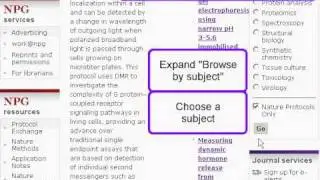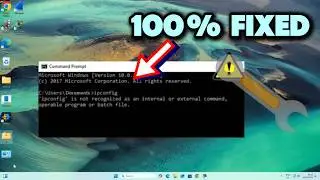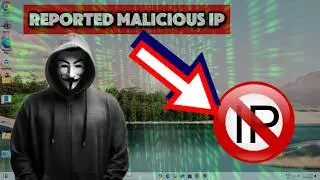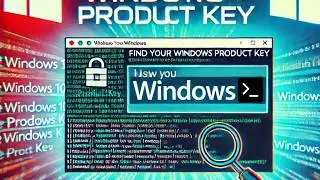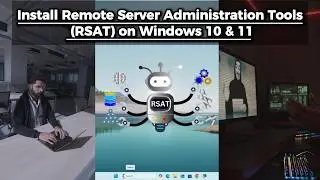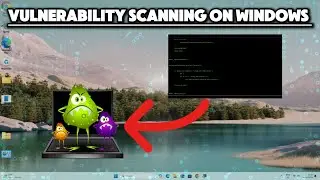Mask Your Cyber Footprints: CMD and PowerShell Tricks to Generate Fake Activity and Logs on Windows
#CyberSecurity #CMD #PowerShell #Windows #TechTips #NetworkSecurity #FakeLogs #CyberFootprint #HackTricks
Mask Cyber Footprints: CMD and PowerShell Tricks to Generate Fake Activity and Logs on Windows
In this video, we dive deep into advanced techniques to mask your cyber footprints on a Windows computer. Learn how to use Command Prompt CMD and PowerShell to simulate network activity, create fake files, and generate logs to obscure legitimate actions. Perfect for cybersecurity enthusiasts and professionals looking to enhance their skills!
🔍 What You'll Learn:
Simulate Network Activity:
Use ping -t to generate continuous network traffic and create a stream of ICMP Echo Request packets.
Mimic an actively communicating system to blend legitimate network activities.
Generate Fake Files:
Create directories and files using CMD to simulate a realistic file system structure.
Use loops to automate the creation of multiple files and enhance the mock footprint.
Create Fake Event Logs:
Utilize PowerShell to create and write to event logs.
Simulate typical system activities to generate realistic background noise in logs.
Simulate User Activity:
Open and close applications via CMD or PowerShell to mimic user actions.
Automate these tasks to create consistent user activity logs.
Background Network Traffic:
Use PowerShell to simulate web requests and download content, mimicking legitimate browsing activity.
Create Fake Registry Entries:
Use reg add to create registry keys and values, simulating software installation or configuration changes.
📜 Step-by-Step Guide:
1. Simulate Network Activity:
Open CMD as an administrator.
Type ping -t www.example.com to create a continuous stream of network traffic.
Stop it manually by pressing Ctrl + C.
2. Generate Fake Files:
Create directories: mkdir C:\MockData
Change directory: cd C:\MockData
Create files: echo "This is a test file" file1.txt and for /l %x in (1, 1, 100) do echo This is file %x file%x.txt
3. Generate Logs:
Open PowerShell as an administrator.
Create an event log source: New-EventLog -LogName Application -Source "MockSource"
Write to the event log: Write-EventLog -LogName Application -Source "MockSource" -EventID 1 -EntryType Information -Message "Mock event log entry"
4. Simulate User Activity:
Open an application: start notepad.exe
Wait: timeout /t 10
Close the application: taskkill /im notepad.exe /f
5. Background Network Traffic:
Use PowerShell: Invoke-WebRequest -Uri "http://www.example.com" -OutFile "C:\MockData\example.html"
6. Create Fake Registry Entries:
Use CMD: reg add HKEY_CURRENT_USER\Software\MockKey /v MockValue /t REG_SZ /d "Mock Data" /f
👍 Like, Share, and Subscribe!
If you found this video helpful, don't forget to hit the like button, share it with your friends, and subscribe for more cybersecurity tips and tricks!
🔔 Stay Updated!
Click the bell icon to get notified whenever we post a new video.

